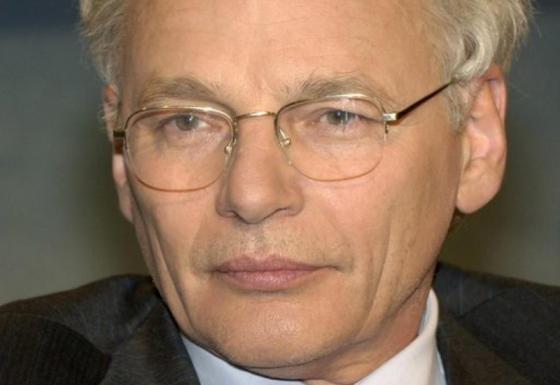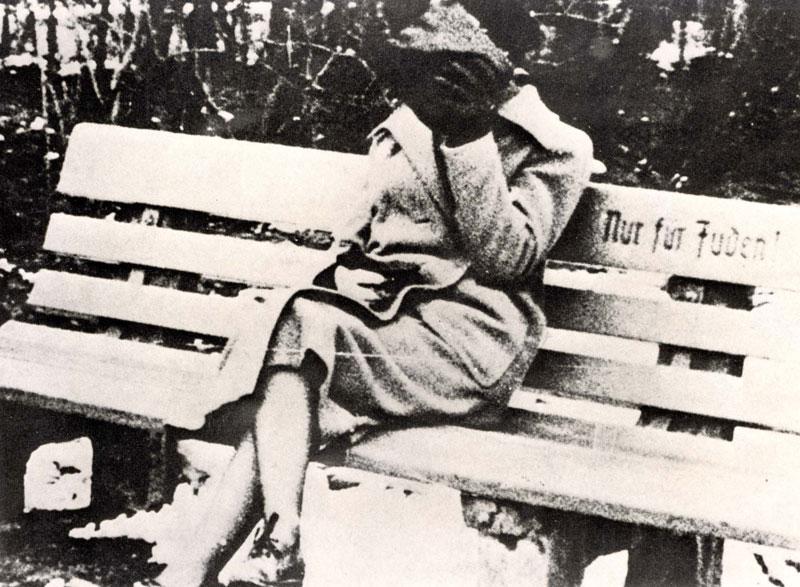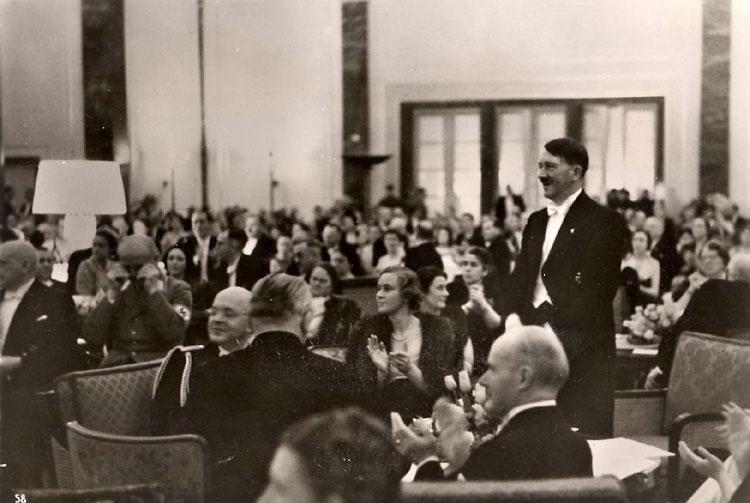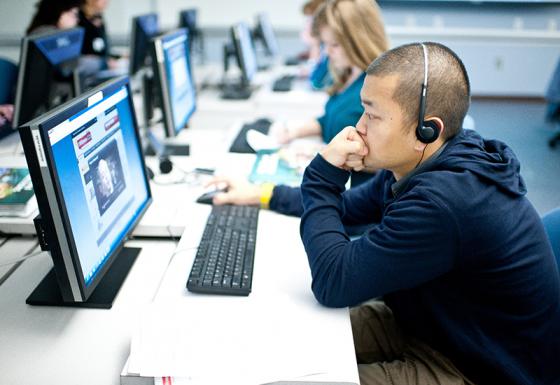Welcome to the 17th issue of Teaching the Legacy. This edition focuses on the subject of Germany, 1933-1939. The e-newsletter includes a main article on this theme, as well as a continuing article on music in the Third Reich, an article on the work of Felix Nussbaum, and an interview with German historian and writer Götz Aly. As always, the newsletter features new publications, book reviews, and updates on recent and upcoming activities at the International School for Holocaust Studies and across Yad Vashem. We hope you find this issue interesting and resourceful and we look forward to your feedback.

Interview with Dr. Götz Aly, German Historian and Journalist
.jpg?itok=k87nh-La)
Felix Nussbaum: Self Portraits of a Jew in Turmoil

Teaching about German Jewry between 1933 and 1939






